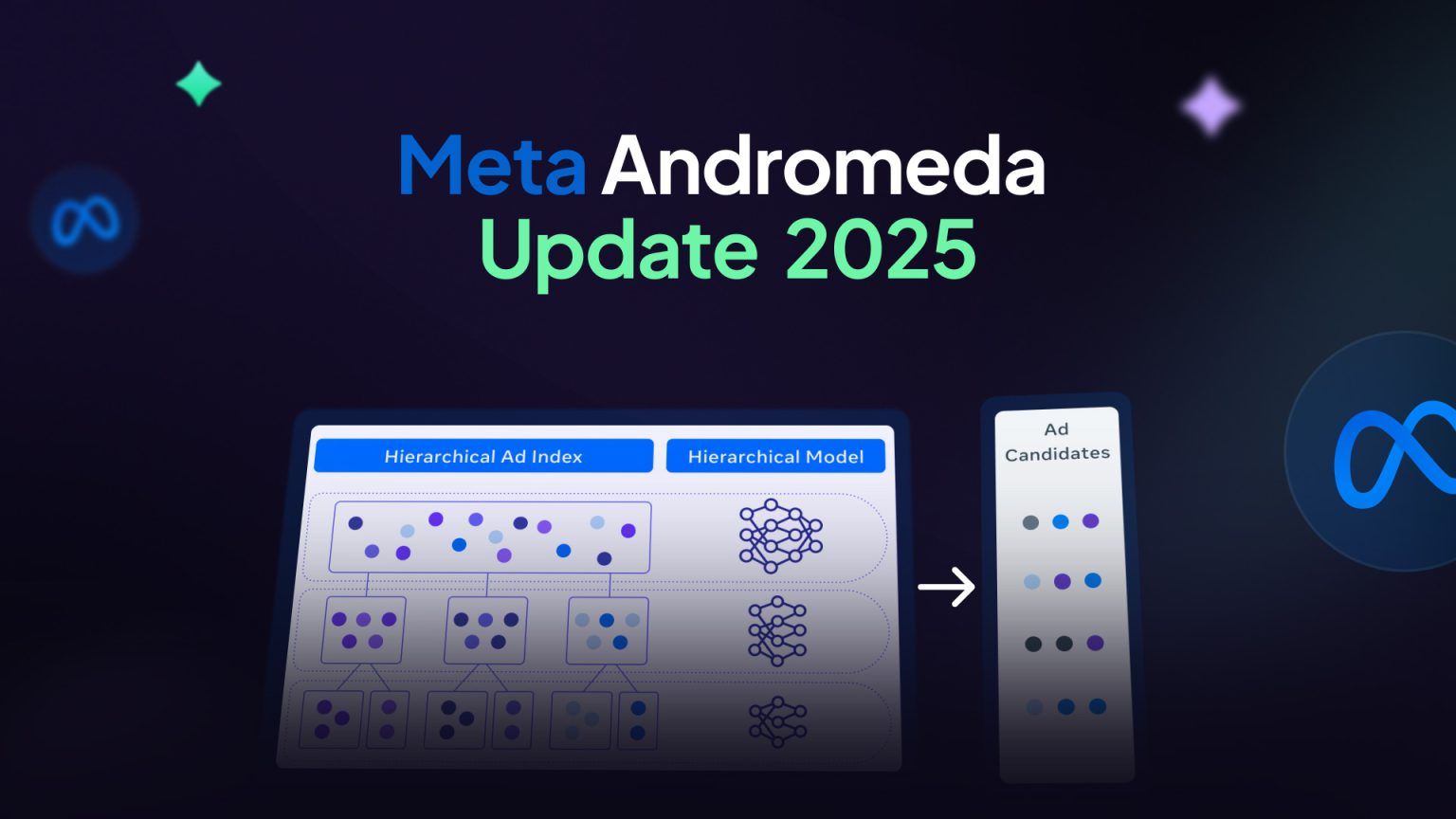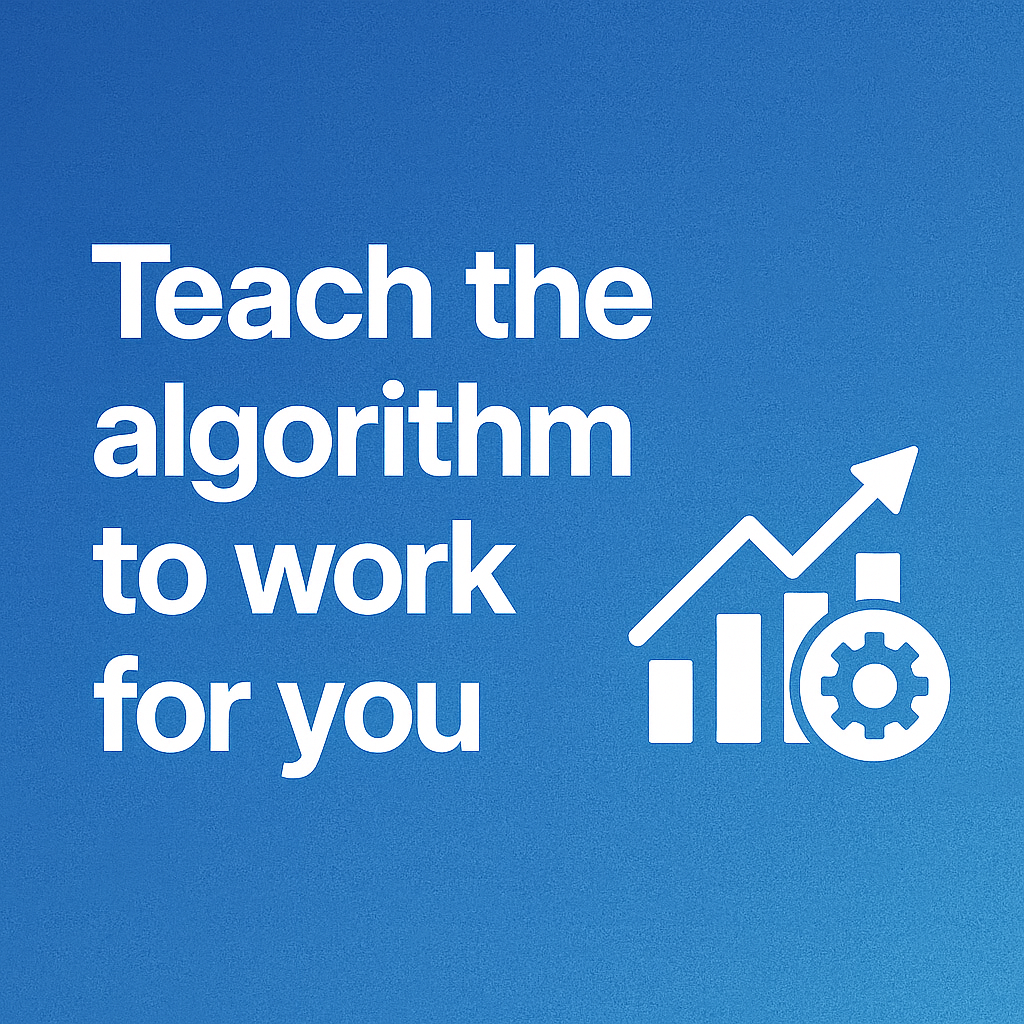Understanding the Facebook Conversion API
Learn how Facebook’s Conversion API (CAPI) works and how KePixel helps you improve tracking accuracy, data privacy, and campaign performance.
SEO expert at KePixel, driving websites to rank higher and perform better on search engines.

Introduction
If you are an advertiser using Meta Ads Manager, you’ve probably heard about the Facebook Conversion API (CAPI).
It’s one of the most powerful tracking technologies available for performance marketers today.
However, most advertisers still rely only on the browser pixel, which can miss valuable data due to browser restrictions, privacy policies, and ad blockers.
That’s why KePixel uses the Facebook Conversion API to ensure accurate, privacy-compliant, and complete tracking for your campaigns.
In this article, we’ll explain what the Conversion API is, how it works, and why implementing it through KePixel can help you improve attribution accuracy and campaign results.
What Is the Facebook Conversion API (CAPI)?
The Facebook Conversion API is a tool designed to help businesses track conversions more accurately.
Unlike the browser pixel, which depends on cookies and client-side tracking, CAPI sends conversion events directly from your server to Meta’s systems.
This direct connection allows you to share data such as purchases, leads, and other actions in a secure and reliable way, even if cookies are blocked or deleted.
How Does It Work?
Traditionally, Facebook’s Pixel uses the user’s browser to track events (client-side).
When a visitor takes an action on your website, the pixel fires an event that gets sent to Meta Ads Manager.
With CAPI, this process moves to the server-side, meaning your backend communicates directly with Meta’s servers.
This allows events such as:
- Purchase
- AddToCart
- InitiateCheckout
- Lead
- ViewContent
to be sent directly from your server through a secure API request.
Each event includes key details like:
- Event name
- Event ID
- Hashed customer data (to match conversions while preserving privacy)
- Timestamp
This makes your tracking more complete and accurate, especially when users are using Safari, Firefox, or devices with tracking protection enabled.
Why Is Facebook CAPI Important?
In today’s privacy-first digital world, accurate tracking is becoming harder. Browsers like Safari and Chrome are limiting cookies, and ad blockers can prevent the Facebook Pixel from firing.
Without server-side tracking, advertisers lose valuable insights into campaign performance.
The Facebook Conversion API ensures:
- Better accuracy — since events don’t rely on browser behavior.
- More reliable attribution — ensuring every sale and lead is counted.
- Improved optimization — Facebook receives more complete data for better delivery and targeting.
- Privacy compliance — CAPI uses hashed data that complies with GDPR and other privacy laws.
KePixel + Facebook CAPI Integration
Setting up the Conversion API manually can be a technical challenge. It requires server access, tokens, and complex testing to ensure data consistency.
With KePixel, the process is fully automated.
Our platform instantly connects your data sources and sends server-side events to Facebook through verified, privacy-compliant endpoints.
KePixel automatically:
- Detects and maps all conversion events (Purchase, AddToCart, Lead, etc.).
- Generates event_id and client_dedup_id to prevent double-counting.
- Syncs client and server events for full accuracy.
- Eliminates over-reporting and attribution mismatch.
- Handles data hashing automatically to ensure GDPR compliance.
This means you get accurate data and better ad performance without writing a single line of code.
How KePixel Enhances Tracking Accuracy
KePixel’s tracking engine leverages AI to ensure every event is logged, deduplicated, and sent securely to Meta.
By combining client-side and server-side data, it achieves:
- 30–50% higher event match quality.
- Fewer lost conversions.
- More consistent attribution across devices.
- Real-time syncing between analytics tools and Meta Ads Manager.
For businesses running on platforms like Shopify, WooCommerce, or custom sites, KePixel can integrate in minutes — no developers or manual setup required.
Common Issues Solved by KePixel
Most advertisers face one or more of these issues before implementing CAPI:
- Lost conversions due to cookie restrictions.
- Inflated ROAS from double-counted events.
- Unclear reporting between Ads Manager and Google Analytics.
KePixel solves all these problems by managing CAPI in harmony using automated deduplication logic and secure data flows.
Conclusion
Accurate data is the foundation of profitable marketing.
With KePixel’s Facebook Conversion API integration, you can:
- Improve attribution accuracy.
- Boost campaign optimization.
- Maintain data privacy compliance.
If you’re ready to take control of your marketing data, connect KePixel today and see the difference accurate tracking can make.
Subscribe to our newsletter today
Lorem ipsum dolor sit amet consectetur nulla augue arcu pellentesque eget ut libero aliquet ut nibh.
.webp)


